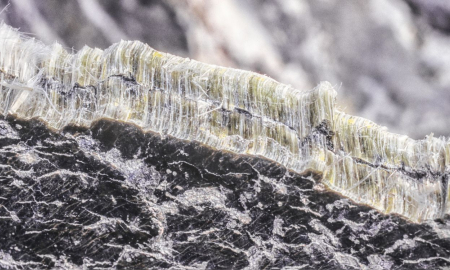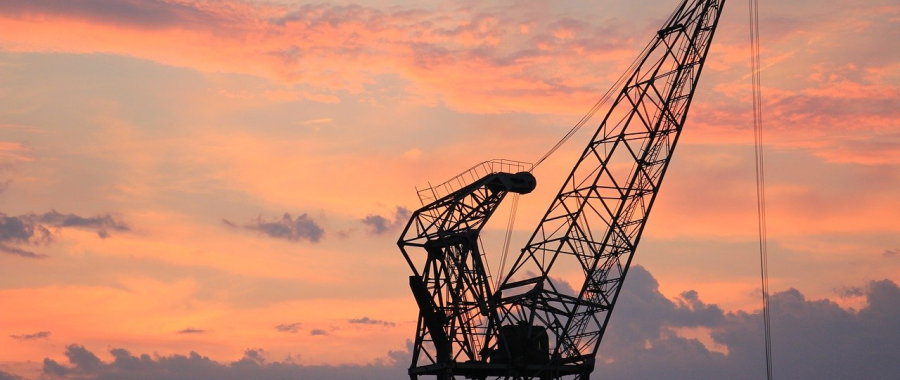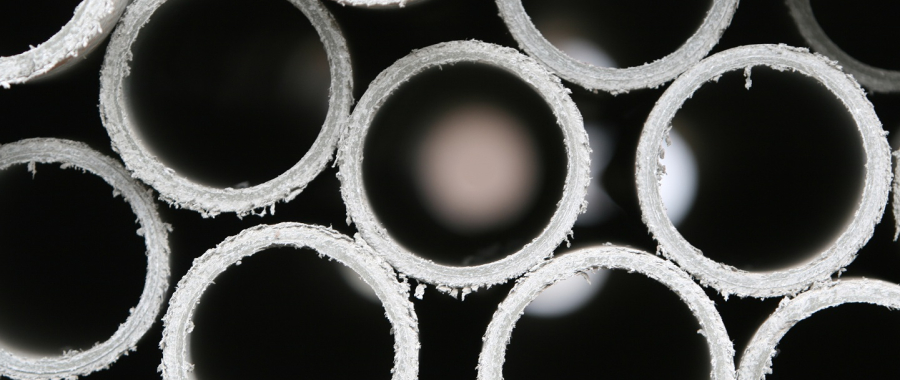Asbestos: Imports and In Ports
The ports and docks of Great Britain have always been an important entry point for the materials and products that helped to build the country. Since 1940, it was through these docks and ports that saw the import of over 5,000,000 tonnes of raw asbestos fibre into the country.
With the dangers of asbestos not fully understood during these times, the control of the raw fibres was inadequate. Some rumours allegedly report dockworkers having snowball fights with raw wet asbestos. The potential risk of contaminated land and areas surrounding the ports and docklands remain today, due to the historical lack of control measures. It is also likely that, unless the land is being reused or developed on, that the potentially contaminated land will go undetected.
From the ports and harbours, raw asbestos was transported across land to factories where asbestos containing materials and products were manufactured, such as corrugated cement sheeting, asbestos insulating boards and sprayed asbestos coatings. Often, many of these products were then exported back out of the country via our ports.
With the final ban of all types of asbestos in the UK in 1999, followed by the introduction of The Control of Asbestos Regulations (CAR) in 2006, the use, supply and importation of all asbestos was prohibited. CAR was then updated in 2012 to include three types of asbestos work; two types (licensed and notifiable non-licensed work) are notified to the appropriate enforcing authority prior to any work with asbestos.
In the structures
With asbestos present in many construction materials prior to 2000, ports, harbours and docklands are all as likely to contain asbestos as industrial and residential holdings. Examples of the asbestos containing materials could be: concrete ballasts, ropes, panels, deck underlay and sprayed protective coatings.
If the materials are in good condition and undisturbed, these products can remain intact - following an asbestos risk assessment and implementation of an asbestos management plan by a competent person. If demolition of ports and harbours is being considered, then further risk assessments need to take place to ensure the risk of asbestos exposure is well managed and prevented.
On the ships
Asbestos pipe and boiler lagging used to be extremely important in the maritime (and rail) industry due to the high pressures created by the engines and steam pipes. Those who worked around pipes and boilers are likely to have been exposed to asbestos dust.
Similarly, sprayed asbestos coatings were commonly used on steel beams to protect them from fire and degradation. Ship construction is just one example of where this dangerous asbestos application method will have been used and where the risk of asbestos exposure would’ve been incredibly high. Due to the friability of a ships’ environment, the disturbance of the protective coatings could see fibres emitted and contaminating the surrounding areas – air, land or sea.
Since January 2011, new installation of materials which contain asbestos on ships was prohibited, as part of the implementation of SOLAS II-1, Regulation 3-5. Ongoing asbestos inspections should be conducted on in-service ships, to detect and record the asbestos condition while evaluating the risk to health and safety.
Scrapping or overhauling ships can also pose significant risk to those working on, or in close proximity, to the ships. In 2013, the EU introduced a directive in which all EU ships should have an Inventory of Hazardous Materials (IHM) by 2018, which can assist in scrapping, recycling, removing and disposing of all materials that make up the ship.
Asbestos is still mined in many overseas counties. Just last year, in 2017, an estimated 900,000 metric tonnes of asbestos were produced in Russia and China alone. Although ‘asbestos free’ declarations can be made for products being imported from overseas, this relies on transparency and accuracy of the supply chain.






Add new comment